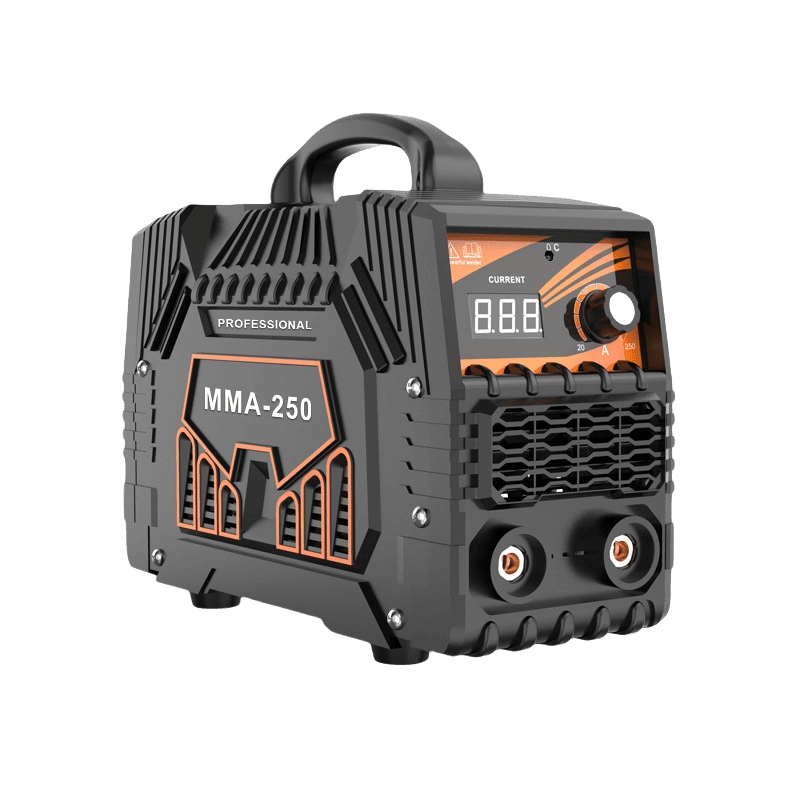An ammeter is the unsung hero of electrical systems, performing the vital task of measuring current with quiet precision. Without a reliable gauge, diagnosing a complex electrical system can quickly descend into chaos. Despite its importance, many overlook what an ammeter truly does or how it works. Whether you’re troubleshooting a household circuit or developing cutting-edge electronics, this tool is indispensable for achieving accuracy and efficiency.
Here’s the catch: not all ammeters are the same. They come in various types, each tailored to specific needs, with unique strengths and characteristics. What drives these devices? How do they turn invisible currents into actionable data? And most importantly, which type is right for your work?
This guide will answer these questions and more. We’ll delve into the inner workings of ammeters, explore their real-world applications, and help you choose the perfect tool for your needs. By the end, you’ll have the knowledge to master this essential device and revolutionize how you handle electrical systems. Let’s uncover the power behind precision.
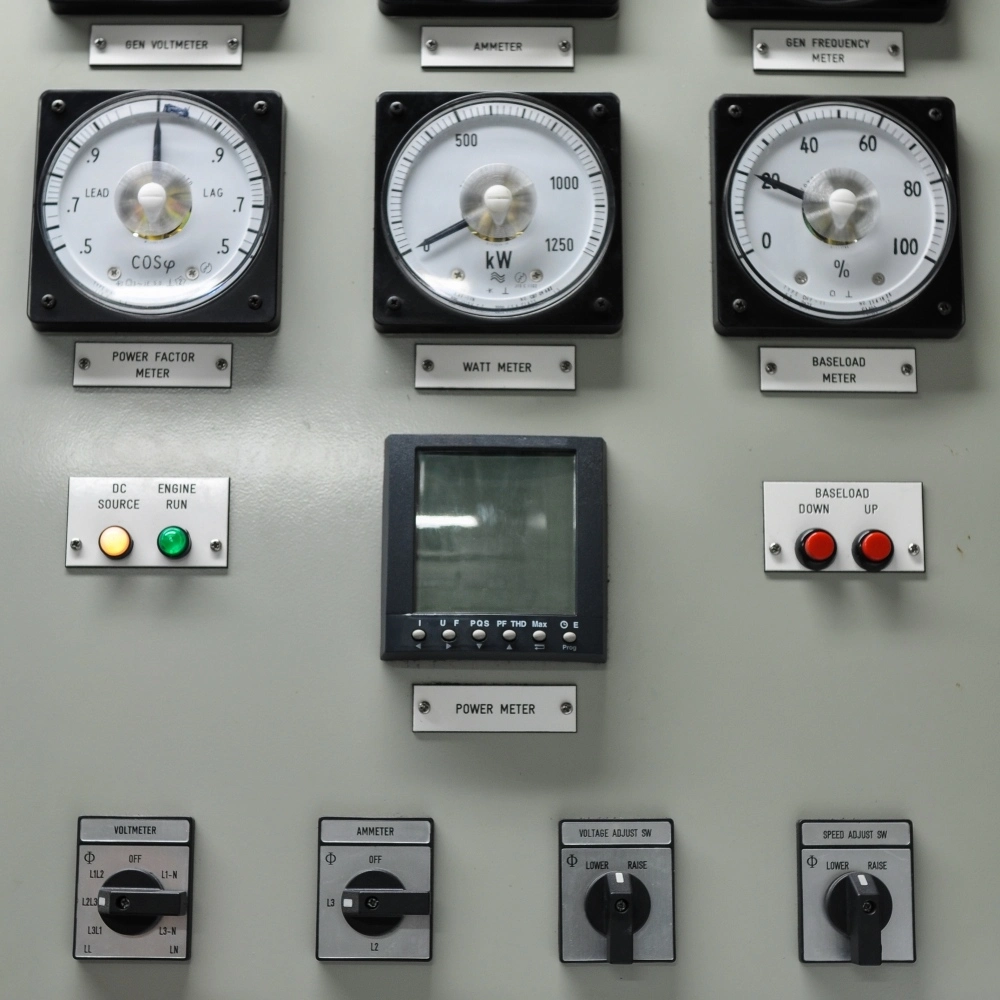
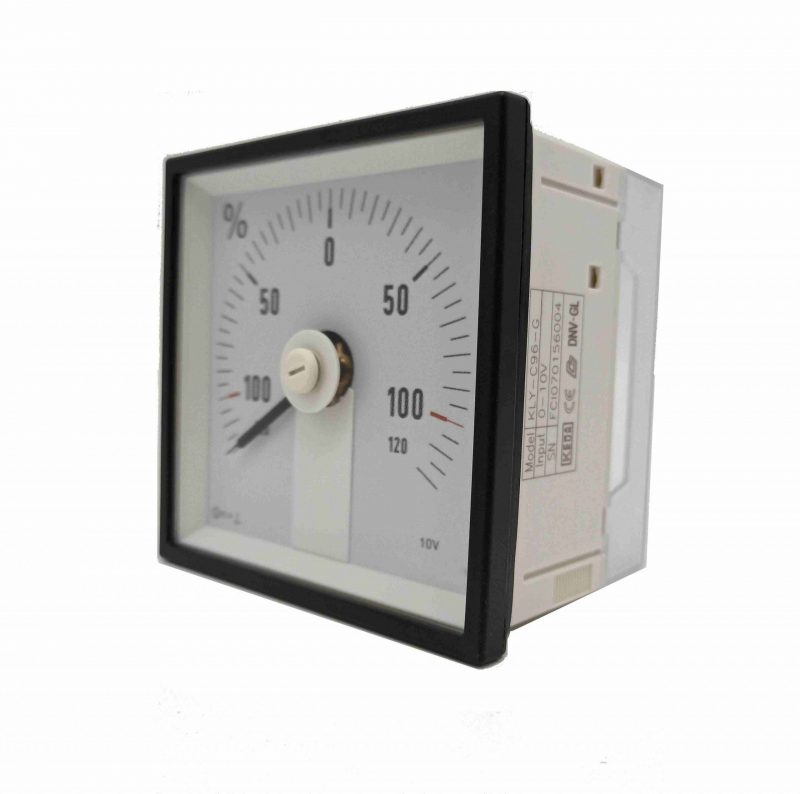

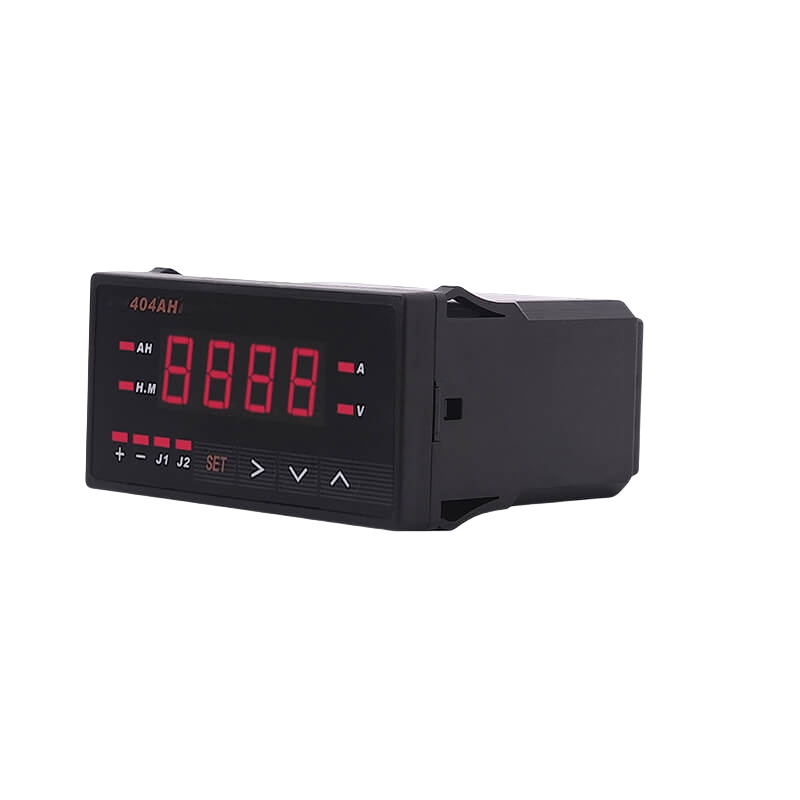
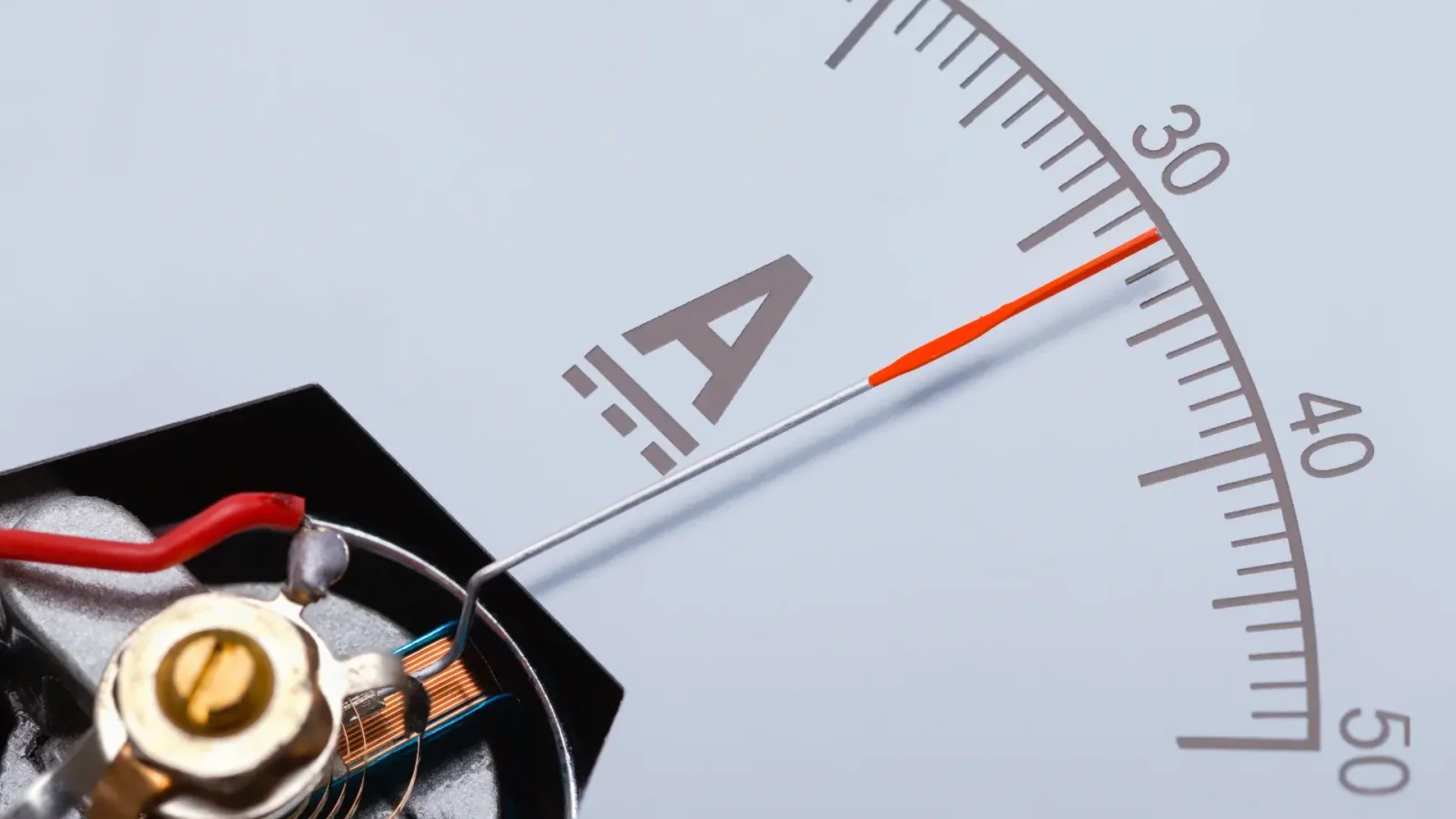


Why Understanding Ammeters Matters
Electric current is the lifeblood of modern technology, powering everything from tiny LEDs to massive industrial machinery. Understanding and accurately measuring this current is crucial for troubleshooting, optimizing performance, and ensuring safety in electrical systems. Ammeters, specialized devices designed to measure electric current, play a vital role in maintaining and improving these systems. This prompt explores the importance of ammeters and their function in various applications, from engineering and technical work to DIY projects.
Key points:
• Electric current is fundamental to all electrical and electronic devices
• Accurate current measurement is essential for problem-solving and optimization
• Ammeters are specialized tools for measuring electric current
• Understanding ammeter operation is valuable for engineers, technicians, and hobbyists
• Proper current measurement can prevent costly mistakes and ensure system safety
• Ammeters are used in a wide range of applications, from small electronics to large-scale industrial systems
But why should you care about these devices? Read on to find out.
A Brief History of Ammeters: From Analog to Digital
The journey of the ammeter is a fascinating evolution of innovation and ingenuity. Starting with analog models that relied on delicate needle movements to track current, these tools have been a staple since the earliest days of electricity. As technology advanced, digital ammeters emerged, bringing unparalleled precision and convenience. From the robust analog gauges of yesteryear to the sleek digital displays of today, ammeters have not only kept pace with the times but have also redefined the way we interact with and control electrical systems.
So, how have these changes impacted the way we use ammeters today? Let’s explore.
Understanding the Basics
What Is an Ammeter and How Does It Work?
An ammeter is a specialized device designed to measure the electric current flowing through a circuit. Think of it as the heartbeat monitor of electrical systems, providing real-time readings that allow you to gauge the health and performance of your setup. Ammeters work by integrating into a circuit to measure the flow of electrons, typically displaying this data in units called amperes (amps). Analog ammeters rely on a magnetic deflection mechanism, where a needle moves along a scale, while digital ammeters use advanced electronics to display readings on a digital screen.
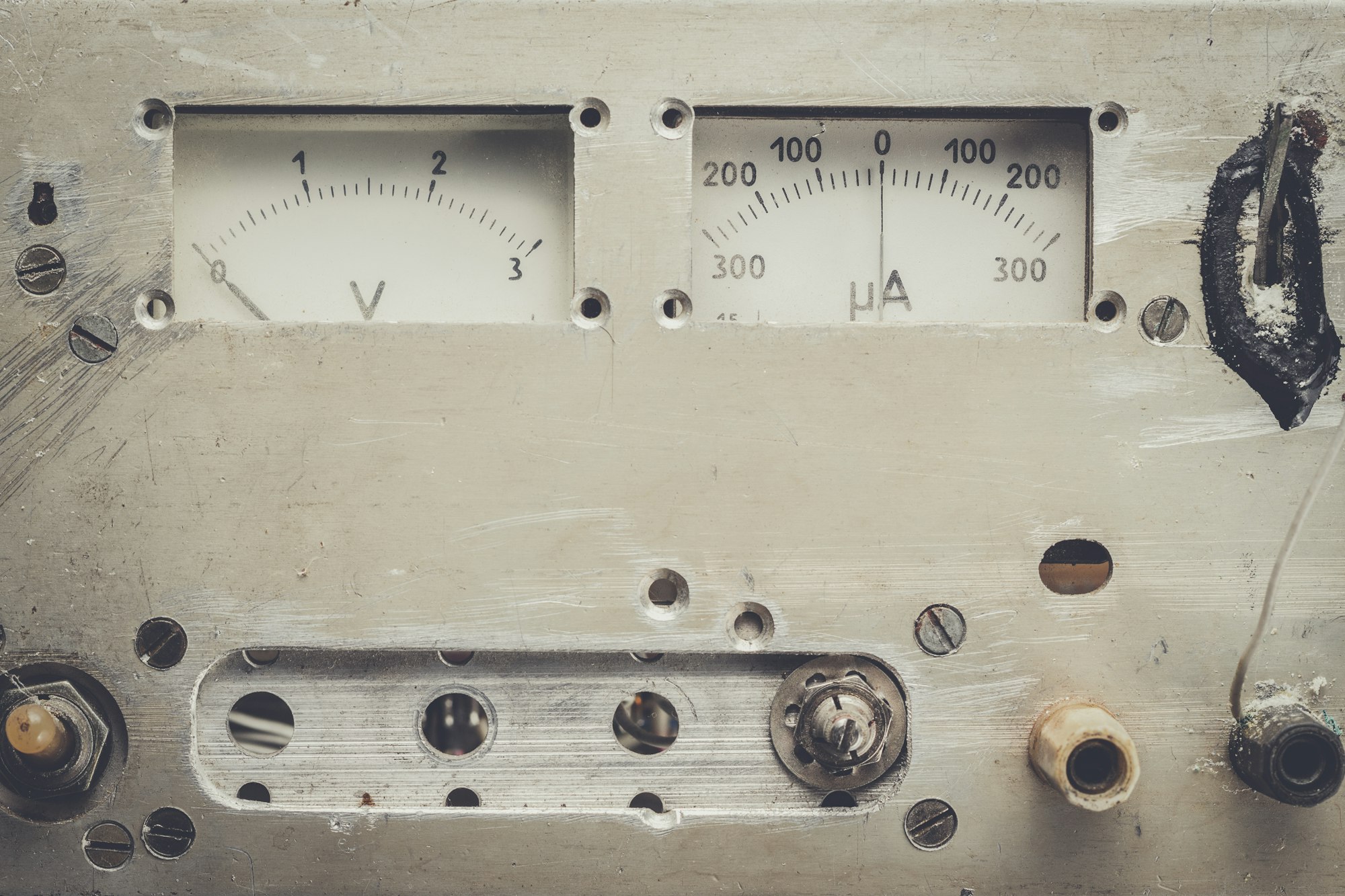
The Role of Ammeters in Measuring Current
Electric current is the lifeblood of any electrical system, and understanding its behavior is fundamental to proper operation. Ammeters play an irreplaceable role in monitoring and controlling this flow. Whether you’re verifying the performance of a device, troubleshooting a malfunction, or conducting precise scientific experiments, an ammeter delivers insights that are vital to making informed decisions.
Analog Ammeters: The Classic Choice
How Analog Ammeters Work: The Inside Scoop
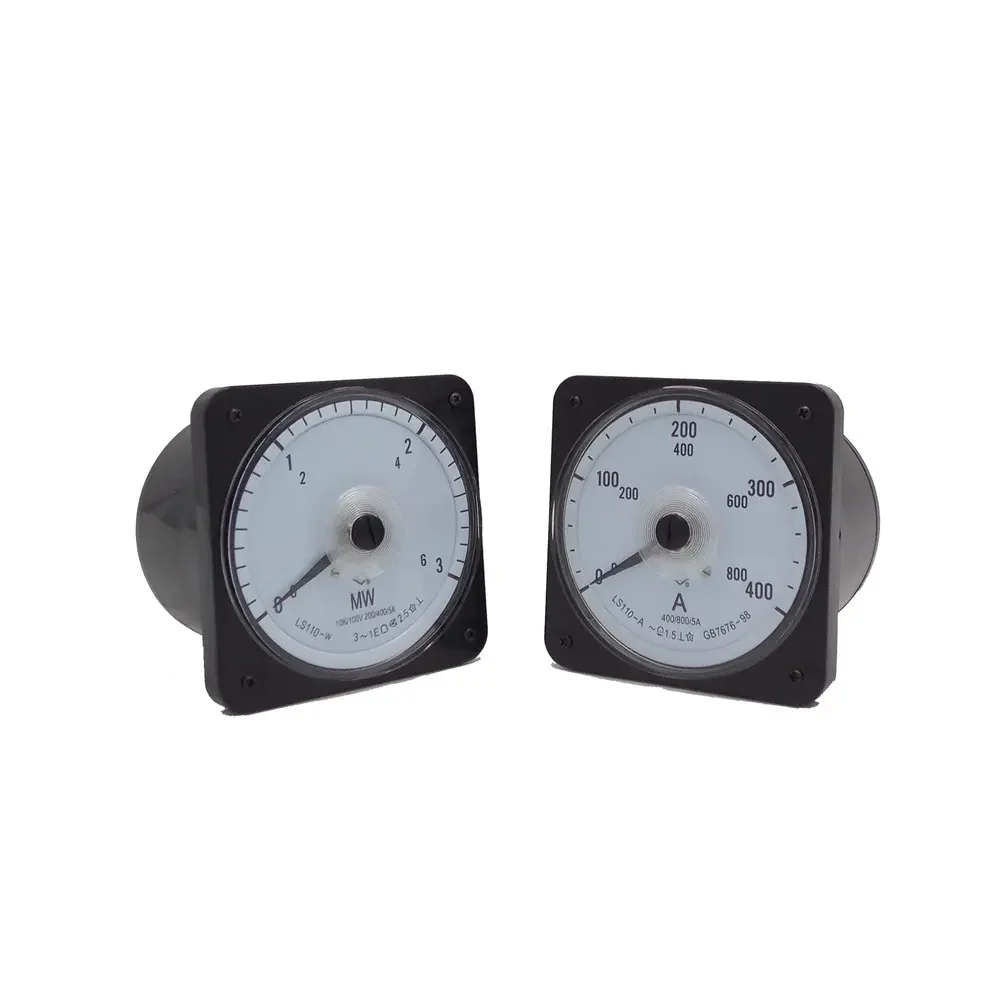
Analog ammeters operate on a simple yet elegant principle: magnetic deflection. When current flows through the meter, it passes through a coil surrounded by a magnetic field. This interaction causes a needle to move along a calibrated scale, providing a visual representation of the current’s intensity.
The heart of an analog ammeter lies in its coil and moving needle mechanism, supported by a sturdy frame and a calibrated scale. Additional components include a shunt resistor, which redirects most of the current away from the coil to protect it from high amperage, and a damping system to prevent the needle from oscillating uncontrollably.
Advantages of Analog Ammeters: Why They Still Matter
Analog ammeters shine in environments where simplicity, reliability, and cost-effectiveness are priorities. They require no external power source, making them perfect for remote or rugged locations. Their needle movement provides a visual cue that is intuitive and immediate, helping users detect trends and fluctuations at a glance.
Despite their strengths, analog ammeters have limitations. Their accuracy often falls short of digital alternatives, particularly for low currents or precise measurements. The needle movement can be affected by vibrations, making them less suitable for high-stress or mobile applications.
Digital Ammeters: The Modern Marvel
How Digital Ammeters Operate: Simplifying Precision
Digital ammeters take the complexity of electrical current measurement and turn it into an effortless task. These devices convert analog signals into digital data using advanced circuitry, enabling precise and instantaneous readings displayed on a digital screen.
But how does this technology translate into real-world benefits? Let’s see.
Components That Power a Digital Ammeter
Behind the sleek digital display lies a sophisticated network of components. Key elements include a signal processor, which converts current into readable digital values; a microcontroller, ensuring accuracy and functionality; and a liquid crystal or LED display for clear visualization of the readings.
It all sounds impressive—but is it right for your needs? Let’s compare.
Why Digital Ammeters Are Gaining Popularity
Digital ammeters are celebrated for their unparalleled precision, ease of use, and versatility. They provide accurate readings with minimal error, making them indispensable in fields requiring high precision, such as electronics and research.
But are they worth the extra investment? Let’s examine their drawbacks.
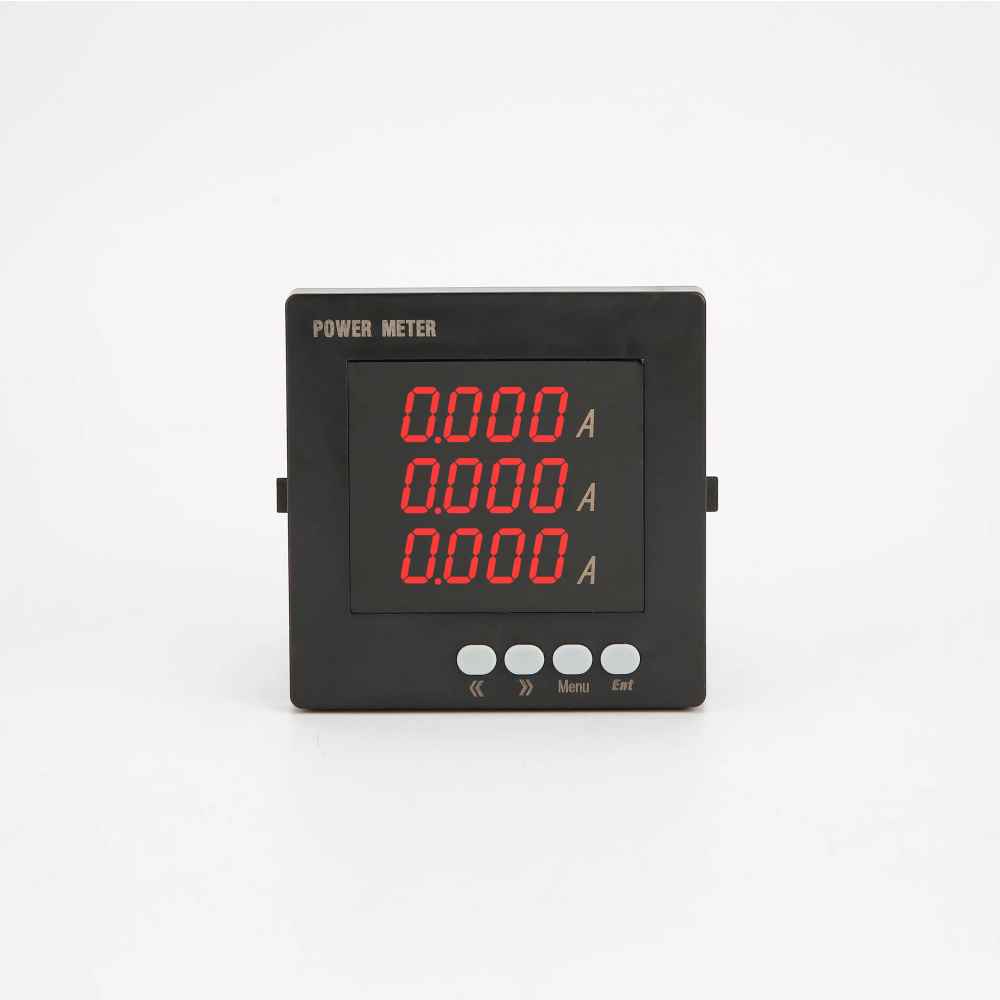
Drawbacks of Digital Ammeters: When Modern Isn’t Always Better
Despite their advanced features, digital ammeters are not without drawbacks. They rely on external power sources, limiting their usability in remote or power-sensitive settings.
Wondering how to make the best choice? Let’s compare both types head-to-head.
Comparing Analog and Digital Ammeters
Accuracy Showdown: Which Ammeter Wins?
When it comes to accuracy, digital ammeters often take the lead, delivering precise readings down to the decimal point. They excel in detecting subtle current fluctuations, making them ideal for critical applications. However, analog ammeters provide reliable measurements for general troubleshooting or monitoring stable systems.
So, which one should you trust in your specific scenario? Let’s break it down further.
Ease of Use: Which Type Is More User-Friendly?
Digital ammeters cater to modern users with their intuitive displays and additional features like auto-ranging and data logging. Analog ammeters, while requiring more effort to interpret, offer a tactile feedback loop through the needle’s movement, which some users prefer for spotting trends.
Still unsure which suits you better? Let’s evaluate their durability.
Durability and Maintenance: Analog vs. Digital
Analog ammeters are renowned for their ruggedness, withstanding tough conditions without relying on delicate electronics. Digital ammeters, although advanced, are more sensitive to physical damage and require regular calibration.
Could this influence your decision? Let’s consider the cost.
Cost Considerations: Are Digital Ammeters Worth the Extra Investment?
Digital ammeters often come with a higher price tag, but their precision and advanced features can justify the investment for professionals. Analog ammeters, on the other hand, are budget-friendly, making them an accessible choice for simpler tasks.
Which one offers the best value for your needs? Let’s look at their real-world applications.
Applications and Use Cases
Where Analog Ammeters Shine: Industries and Situations
Analog ammeters thrive in rugged environments such as manufacturing plants, automotive diagnostics, and fieldwork. Their resistance to power interruptions and environmental extremes makes them invaluable for durable and cost-effective solutions.
Wondering if these are the right fit for your projects? Let’s look at digital ammeters.
Digital Ammeters in Action: High-Tech Applications
Digital ammeters excel in precision-demanding fields such as electronics, aerospace, and medical technology. Their advanced features, including data logging and connectivity, make them indispensable for complex diagnostics and sensitive components.
Still deciding? Here’s how to choose the right ammeter for your needs.
Choosing the Right Ammeter for Your Needs
Selecting the right ammeter depends on your specific requirements. For heavy-duty tasks, an analog ammeter may be the best bet due to its simplicity and resilience. Conversely, for precision and data tracking, a digital ammeter is likely the superior choice.
Not sure what features to prioritize? The next section can help.
Conclusion
Analog or Digital? Making the Right Choice for You
The decision between analog and digital ammeters ultimately depends on your specific needs. Analog ammeters are ideal for straightforward, durable, and cost-effective solutions, while digital ammeters excel in precision, versatility, and advanced features.
Still unsure? Here’s a final thought to guide you.
Final Thoughts on the Evolution of Ammeters
From the rugged analog gauges of the past to today’s sleek digital displays, ammeters have continually adapted to meet changing needs. Whether you prioritize simplicity or precision, understanding these tools equips you to navigate electrical systems with confidence.
Ready to make your choice? Start exploring the options today.


